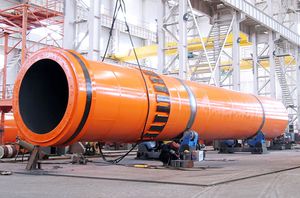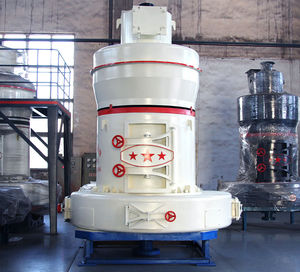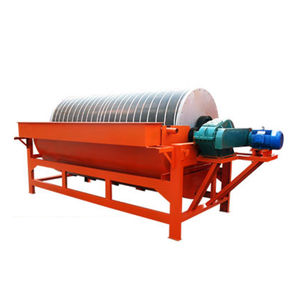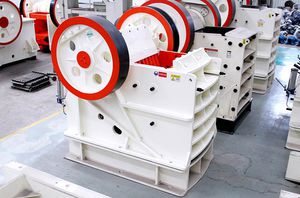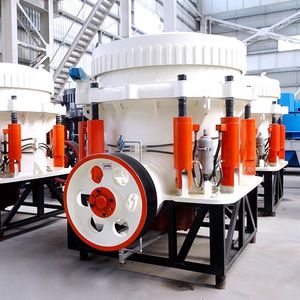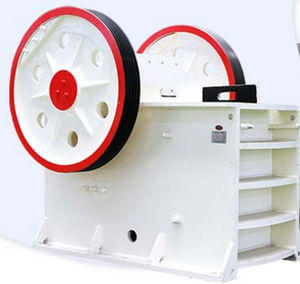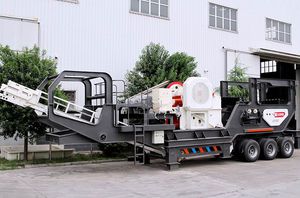
- Production Machines
- Other Manufacturing Equipment
- Ball mill
- Henan Hongxing Mining Machinery CO.,LTD

- Products
- Catalogs
- News & Trends
- Exhibitions
Ball bearing mill horizontalglasscopper
Add to favorites
Compare this product
Characteristics
- Technology
- ball bearing
- Orientation
- horizontal
- Product applications
- glass, copper
- Other characteristics
- wet grinding
- Rotational speed
Min.: 14 rpm
(88 rad.min-1)Max.: 38 rpm
(239 rad.min-1)- Output
Min.: 1 t/h
(1 lb/s)Max.: 615 t/h
(377 lb/s)
Description
Ball Mill
Processing ability: 0.65-615t/h
Feeding size: ≤25 mm
Applied material: gold ore, copper ore, cement, clinker, silica sand, feldspar, slag, quartz, gypsum, limestone, bauxite ore, calcium carbonate, etc.
Ball mill is a horizontal grinding mill and key equipment for grinding materials, widely used in ore flotation processing plant and powder-making production line. According to different materials and discharging methods, there are dry ball mills and wet ball mills for choice.
Dry ball mill is mainly for producing mineral powder used in cement, silicate product, new building material, refractory, fertilizer, black and non-ferrous metals and glass ceramic industry; Wet ball mill is a kind of continuous ball mill used in ore beneficiation plant.
The Characteristics of Ball Mill:
The machine is composed by feeding part, discharging part, turning part and driving part (reducer, small driving gear, electric motor and electric control). The quill shaft adopts cast steel part and the liner is detachable. The turning gearwheel adopts casting hobbing process and the drum is equipped with wear-resistant liner, which has good wear-resistance. The machine is with stable and reliable working condition.
Other Henan Hongxing Mining Machinery CO.,LTD products
Hot Products
Related Searches
- Grinding mill
- Screening unit
- Bulk material screening unit
- Horizontal grinding mill
- Vertical grinding mill
- Rotor lump breaker
- Vibrating sieving machine
- Impact grinding mill
- Mobile screening unit
- Waste lump breaker
- Building materials grinding mill
- Mineral mill
- Construction screening unit
- Rotary drum grinding mill
- Process screening machine
- Ball grinding mill
- Metal mill
- Circular vibrating sieving machine
- Lump breaker for the chemical industry
- Coal grinding grinding mill
*Prices are pre-tax. They exclude delivery charges and customs duties and do not include additional charges for installation or activation options. Prices are indicative only and may vary by country, with changes to the cost of raw materials and exchange rates.

